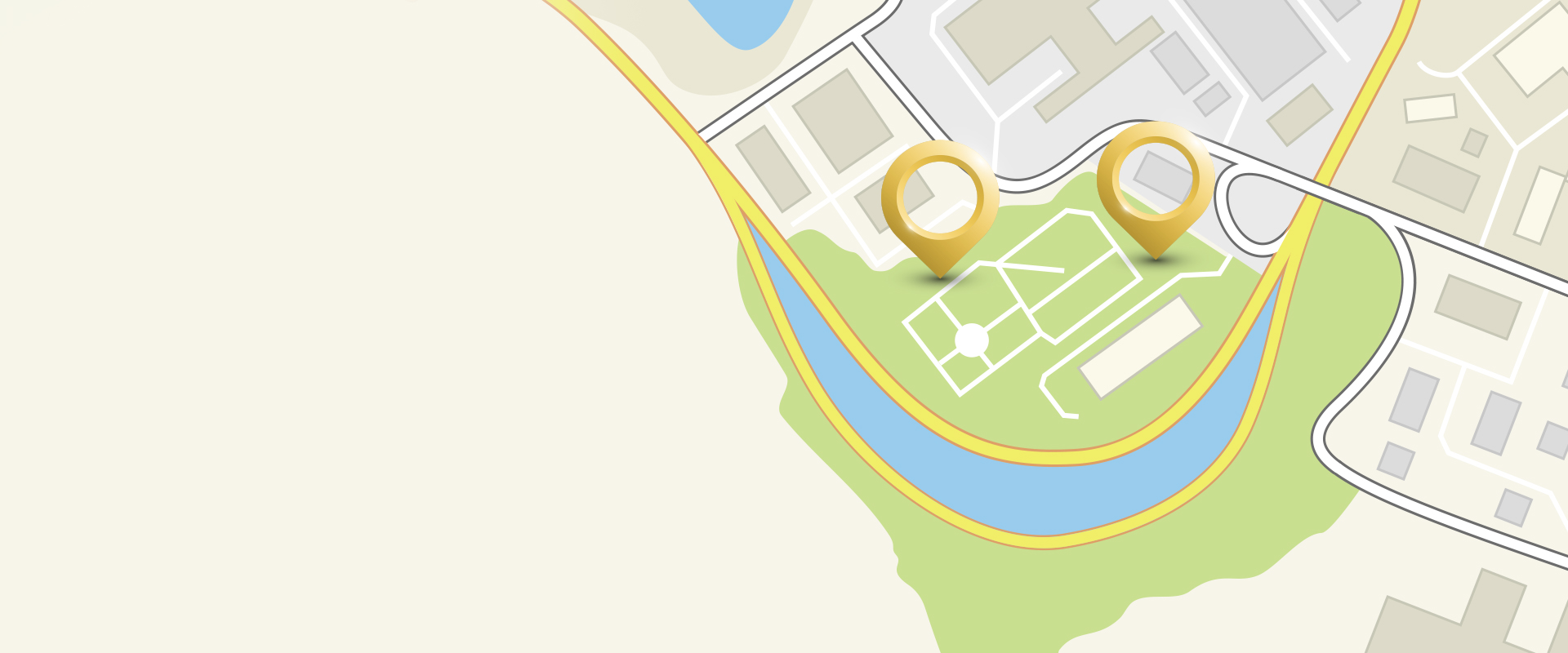A WEEKEND
FOR YOU,
A VACATION
FOR YOUR GPS
Experience Vilnius
on a walk.


Experience Vilnius
on a walk.

The picturesque vistas of the Old Town and the impressive collection of street art around Vilnius, serene natural settings and Baroque architecture are parts of the city's spirit and will make for an escape like no other once restrictions are lifted and it's safe to travel again.

Vilnius, the capital city of Lithuania, located in Eastern Europe (now classified as Northern Europe) has had many names given to it, like Jerusalem of Lithuania or Rome of the North, but once it was also proclaimed the city of low-flying angels. The name came from many little sculptures of angels attached to the rooftops along the city, yet one might wonder, why were those sculptures positioned in Vilnius Lithuania in the first place and why are the angels flying so low here?
We could only assume the angels were the symbol of getting too curious and having to land to visit Vilnius, because the city has the largest medieval old town in central and eastern Europe, compacted in a tight area of only 3.59 square kilometers, making it an ideal place to explore culture by foot. Included in the UNESCO world heritage list Vilnius old town is packed with unique architecture, breathtaking history and boasting cafes and boutiques (not to forget refreshing Vilnius nightlife) totally worth the walking tour.

The city was founded back in 14th century by Grand Duke Gediminas. The remainder of his castle, Gediminas tower, still stands today atop the tall hill, overlooking one of the most impressive panoramas of Vilnius city. It was the Grand Duke Gediminas who encouraged Jewish community to arrive and settle in Vilnius. The Jewish population grew exponentially thereafter and made up a large part of city population. Devastatingly, during the World War II, almost 90% of Lithuanian Jews fell victim to Holocaust. This painful part of Vilnius history is worth to explore in museum of genocide victims.
In fact, a trip to Vilnius might be essential to any history lover, since the city suffered many occupations and wars, starting 17th century wars with Russian Empire and Sweden. During World War II, Vilnius faced both Nazi and soviet occupations and finally got annexed by SSRS up until nineties. One of the famous monuments built to celebrate resistance to occupations is the hill of three crosses. Surrounded by beautiful wildlife park and Vilnia river. The hill is another stunning place to see Vilnius old town panorama from above plus explore some amazing nature.

Take a walk down the hill of three crosses to find even more places to see in Vilnius. Cathedral square and a bell tower, the largest classicistic style church complex in Lithuania, is situated just nearby. Only a minute of walking distance apart one can explore Vilnius university, one of the oldest universities in central Europe, founded in 1579 (bonus: it has just as impressive library). For good luck make sure to visit the Gate of Dawn, the gate is a sacred religious place believed to have miraculous power by many people. Whether you believe it not, it is a beautiful and romantic sight for anyone interested in architecture and culture, as well as other famous buildings such as St. John church, Town hall and Upper castle.
Things to do in Vilnius are not limited to cultural sights, take a walk down Pilies street to feel a much more relaxed, almost bohemian vibe. In small crooked streets of old town, you will find street performers, cozy coffee shops, bars and fine dining. Vilnius is often ranked as one of the cheapest city brakes in Europe so make the most of it and try out the local cuisine, which has a great selection of potato dishes and beers. Granted every little street you go to will be a small walkable adventure of its own, so go visit Vilnius Lithuania.